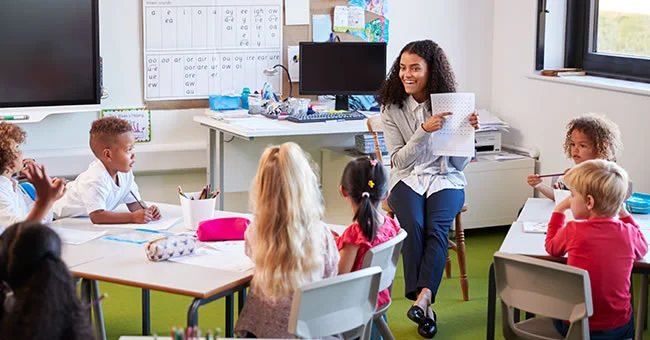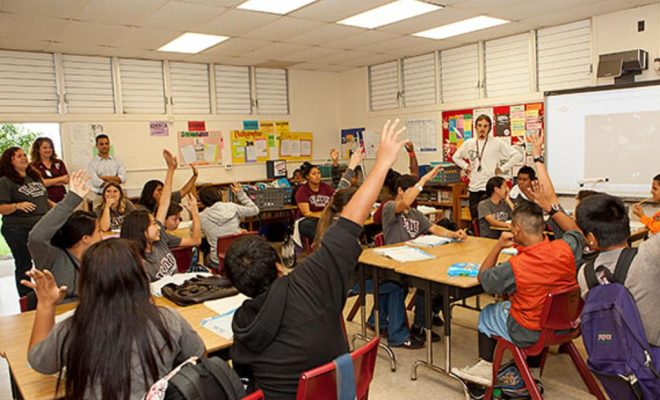20 Tips and Tricks for High School Classroom Management

Effective classroom management is crucial for creating a productive learning environment in high school. It helps maintain discipline, enhances student engagement, and promotes a positive atmosphere. To help you establish an optimal classroom management system, here are 20 tips and tricks:
1. Set clear expectations:
Clearly communicate your classroom rules and procedures from the beginning, ensuring students understand what behavior is expected of them.
2. Establish routines:
Develop consistent daily routines that students can rely on. This helps create structure and minimizes disruptions.
3. Foster positive relationships:
Build strong relationships with your students based on trust and respect. This connection encourages student cooperation and engagement.
4. Use visual aids:
Utilize visual aids like posters or charts to display important information, instructions, or behavioral expectations.
5. Implement a seating arrangement:
Strategically arrange student seating to enhance learning, reduce distractions, and foster positive interactions among students.
6. Implement a reward system:
Recognize students’ positive behavior through a reward system, such as praise, small incentives, or a reward chart.
7. Address behavior issues promptly:
Address any misbehavior early on, calmly and privately, to nip it in the bud and prevent escalation.
8. Encourage active participation:
Engage students through interactive activities, discussions, and group work to keep them actively involved in the learning process.
9. Vary instructional methods:
Use a mixture of teaching strategies, including lectures, hands-on activities, multimedia presentations, and group projects, to cater to different learning styles.
10. Create a supportive learning environment:
Foster an inclusive and supportive learning environment where students feel safe to express themselves and ask questions.
11. Use technology wisely:
Integrate technology into your lessons thoughtfully, using it as a tool to enhance learning rather than a distraction.
12. Provide timely and constructive feedback:
Give students regular feedback on their progress, highlighting both their strengths and areas for improvement.
13. Encourage student ownership:
Involve students in decision-making and give them responsibility for their own learning, empowering them to take ownership of their education.
14. Utilize positive reinforcement:
Emphasize positive reinforcement by praising and encouraging students, highlighting their achievements and efforts.
15. Create a class code of conduct:
Collaboratively establish a set of guidelines with your students, outlining expected behaviors and consequences for misbehavior.
16. Plan engaging lessons:
Design lessons that are interesting, relevant, and meaningful to capture students’ attention and maintain their engagement throughout.
17. Utilize active listening:
Actively listen to your students, demonstrating empathy and understanding, and providing appropriate support when needed.
18. Be consistent:
Apply rules and consequences consistently to ensure fairness and maintain student trust in the disciplinary system.
19. Communicate with parents/guardians:
Establish open lines of communication with parents or guardians, keeping them informed about their child’s progress and behavior.
20. Reflect and adjust:
Regularly reflect on your classroom management strategies, seeking feedback from students and colleagues, and making necessary adjustments as needed.
By implementing these 20 tips and tricks, you can create a classroom environment conducive to effective learning, student growth, and successful classroom management in a high school setting. Remember, consistency, active engagement, and positive relationships are key to fostering a positive and productive classroom community.






